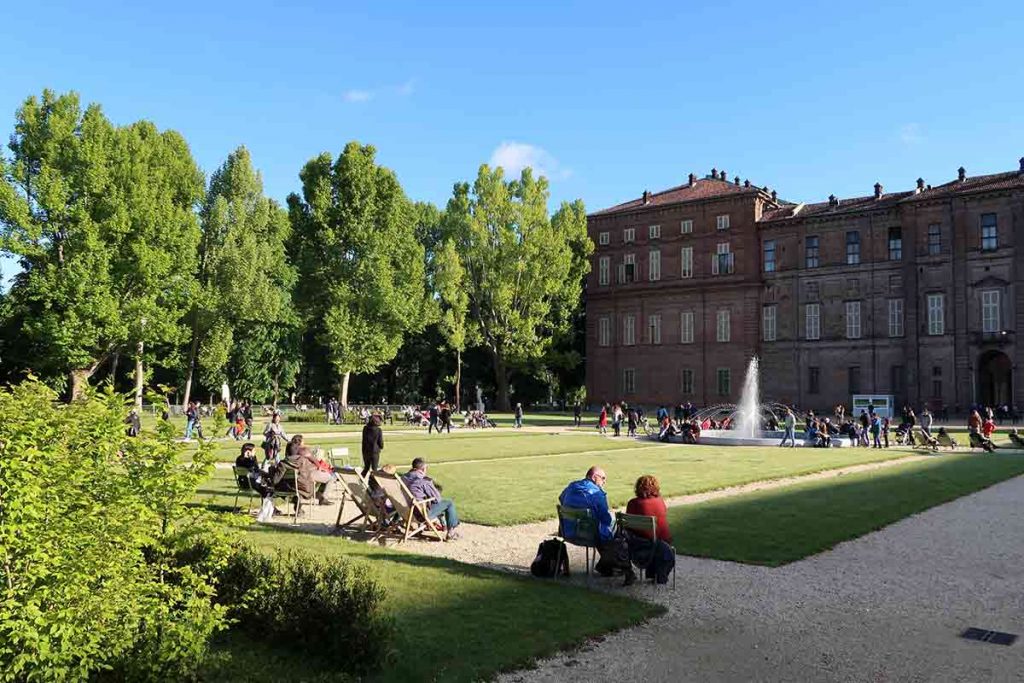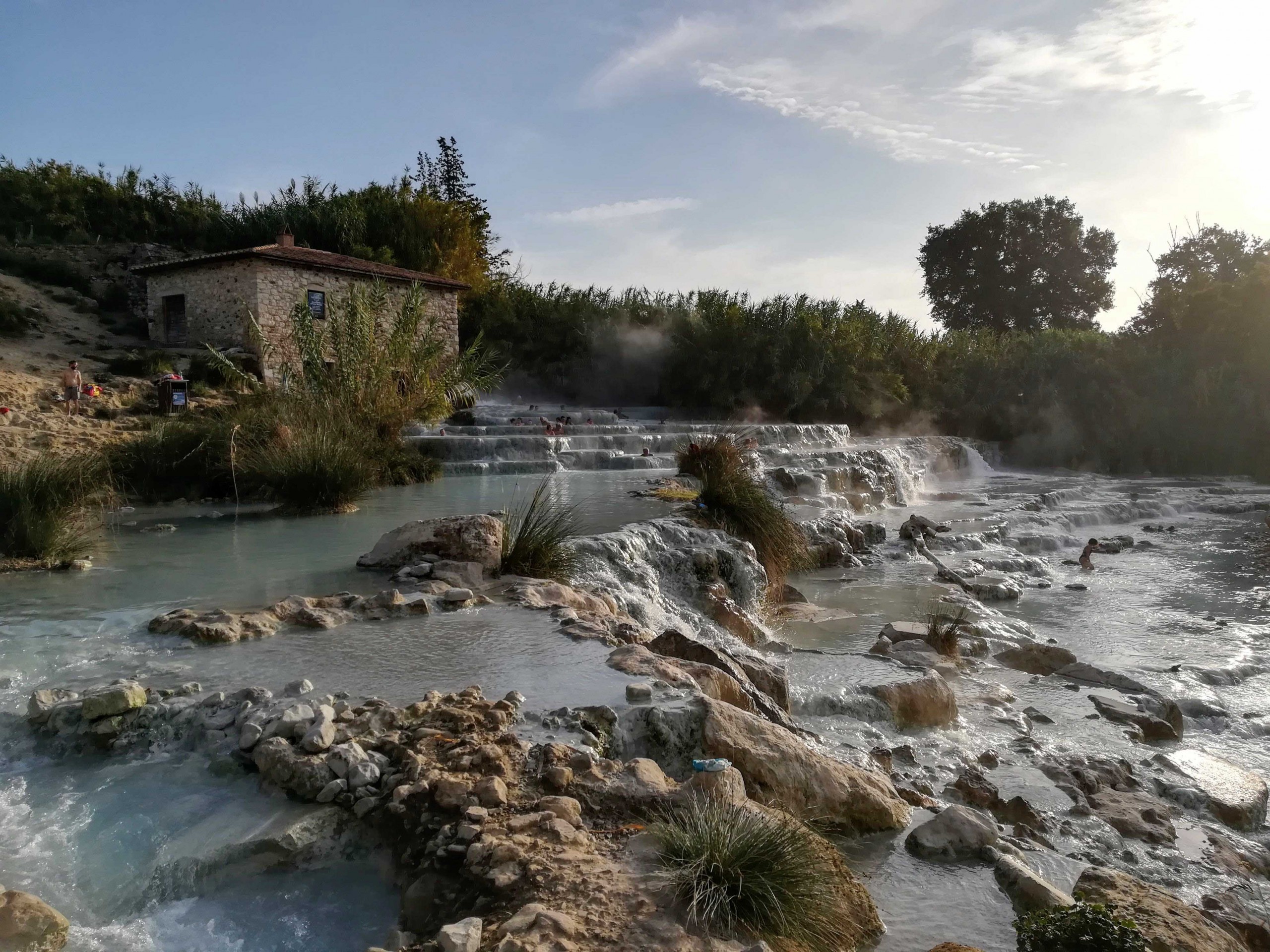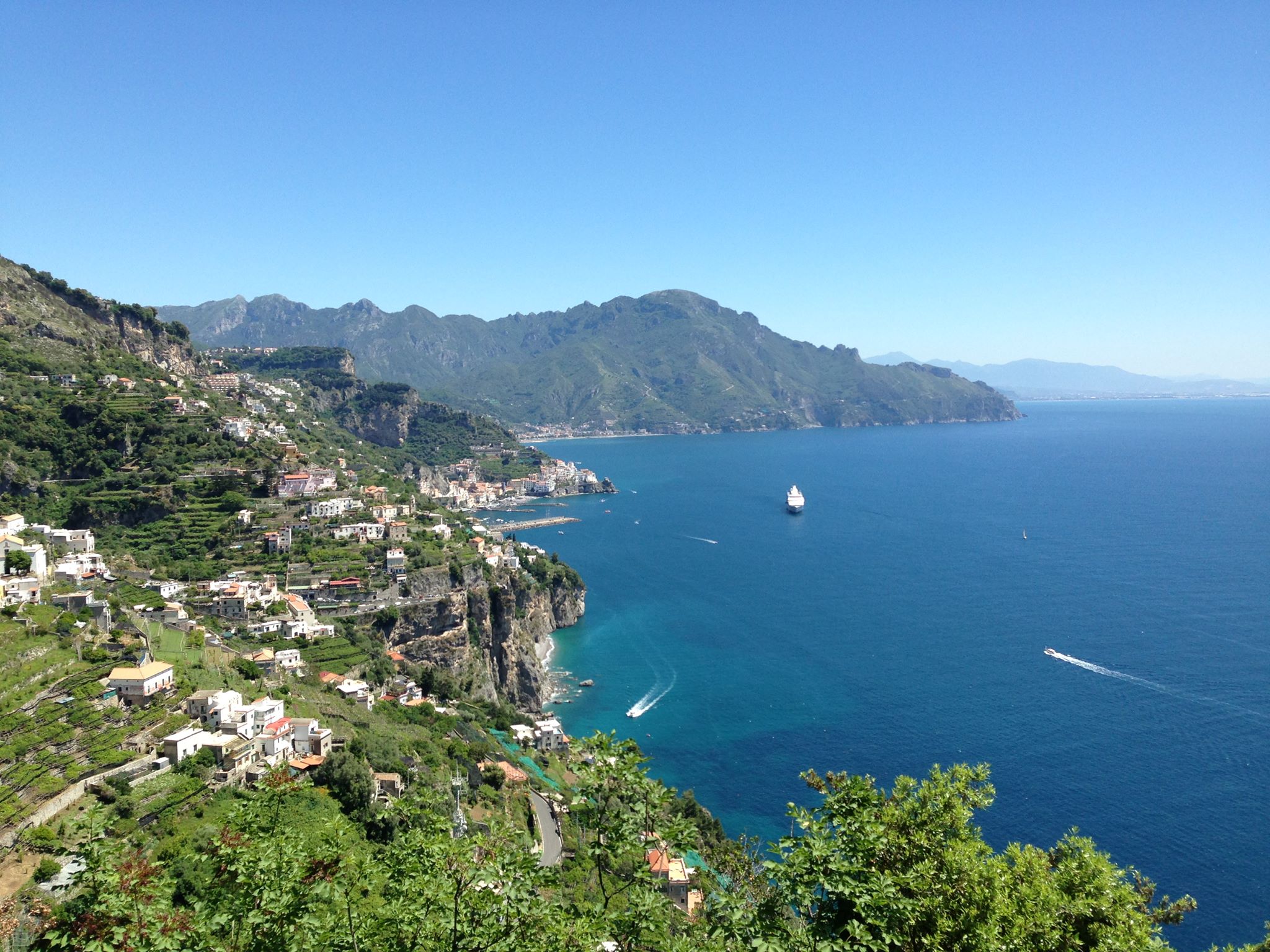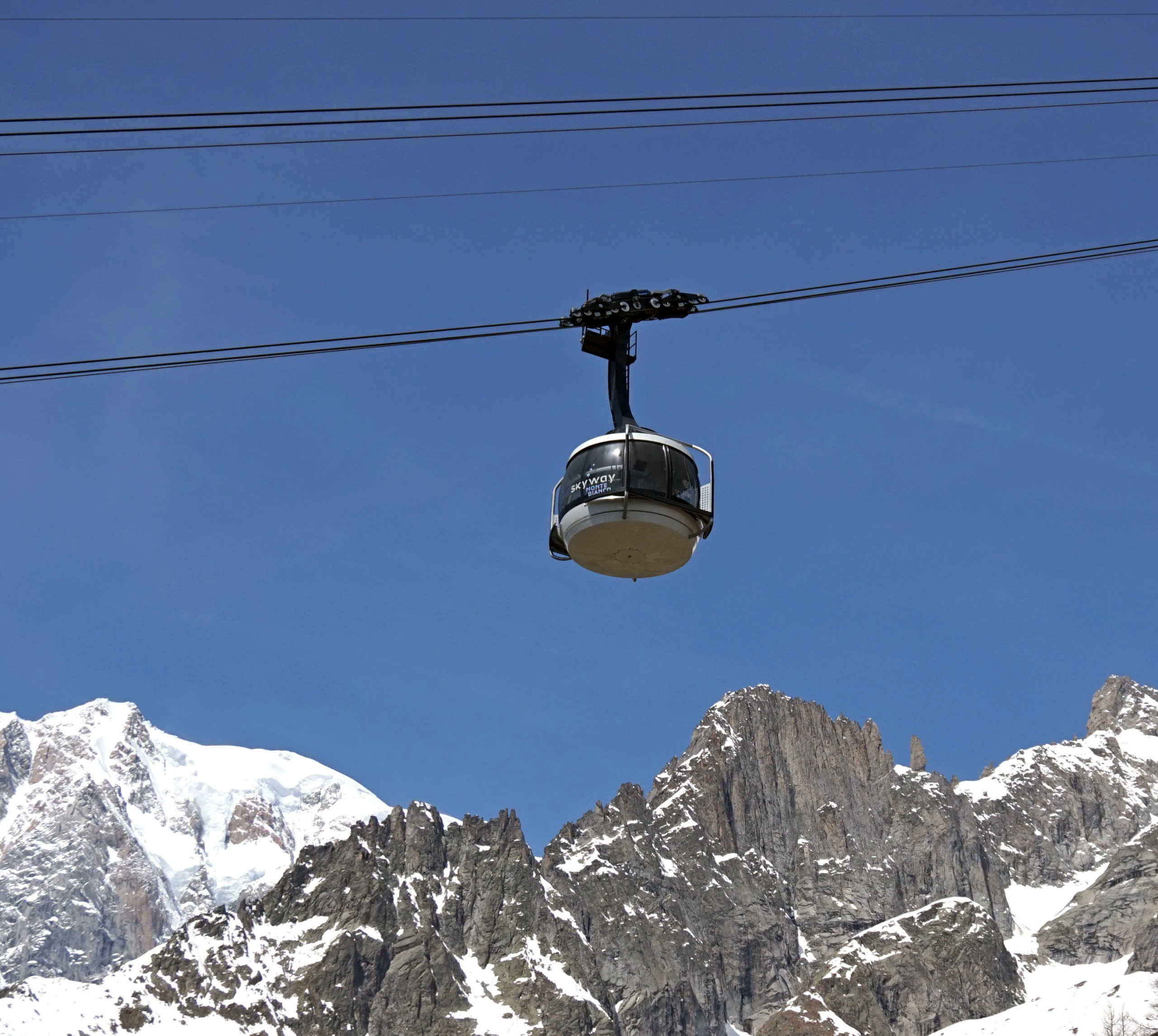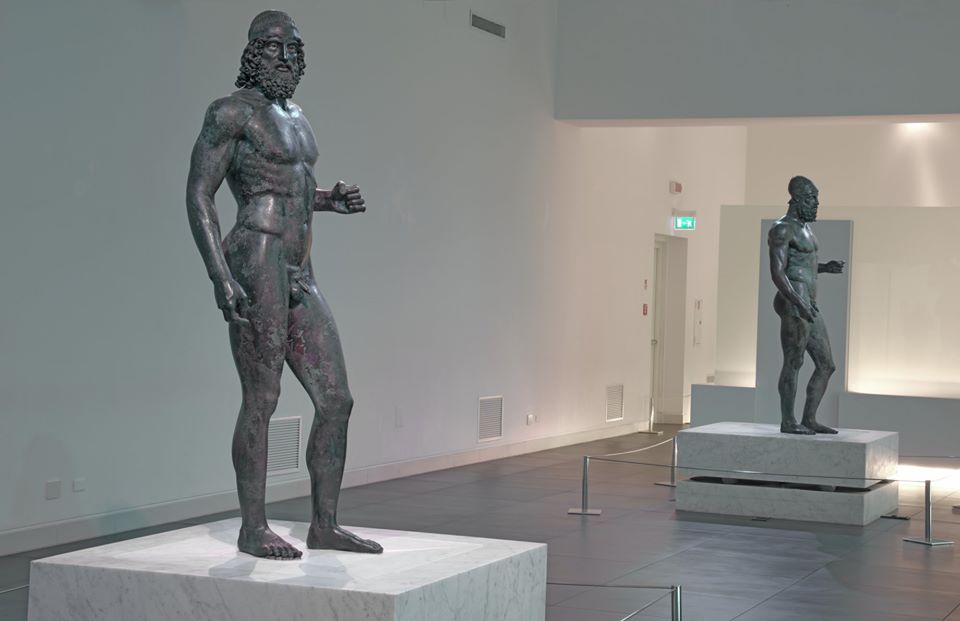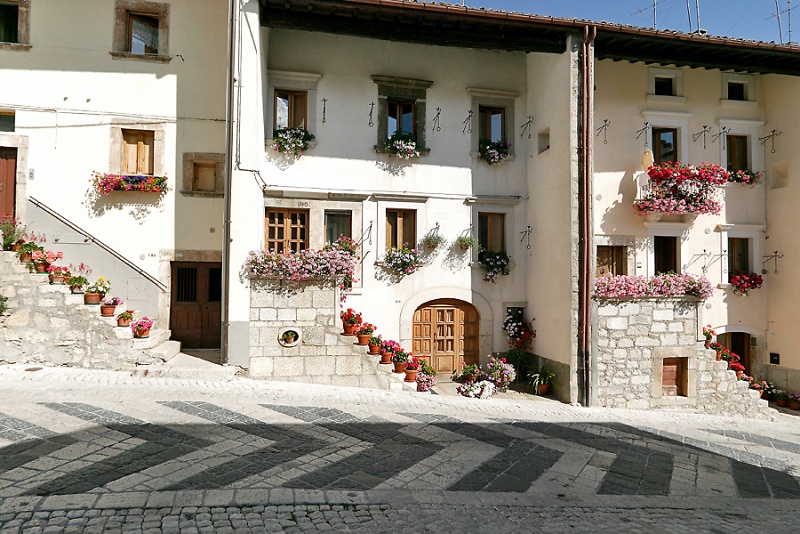A garden near a library, in Cicero’s opinion, completes all the necessities of life. You can’t blame it. Especially in light of the quarantine that we have behind us. In fact, what could be more beautiful than a walk in the countryside? However, if you live in the city, there is little chance of enjoying such fortunes. Few, perhaps rare, but not impossible. Just think about Turin, one of the most beautiful and rich in history and culture Italian cities. And of gardens, of course.
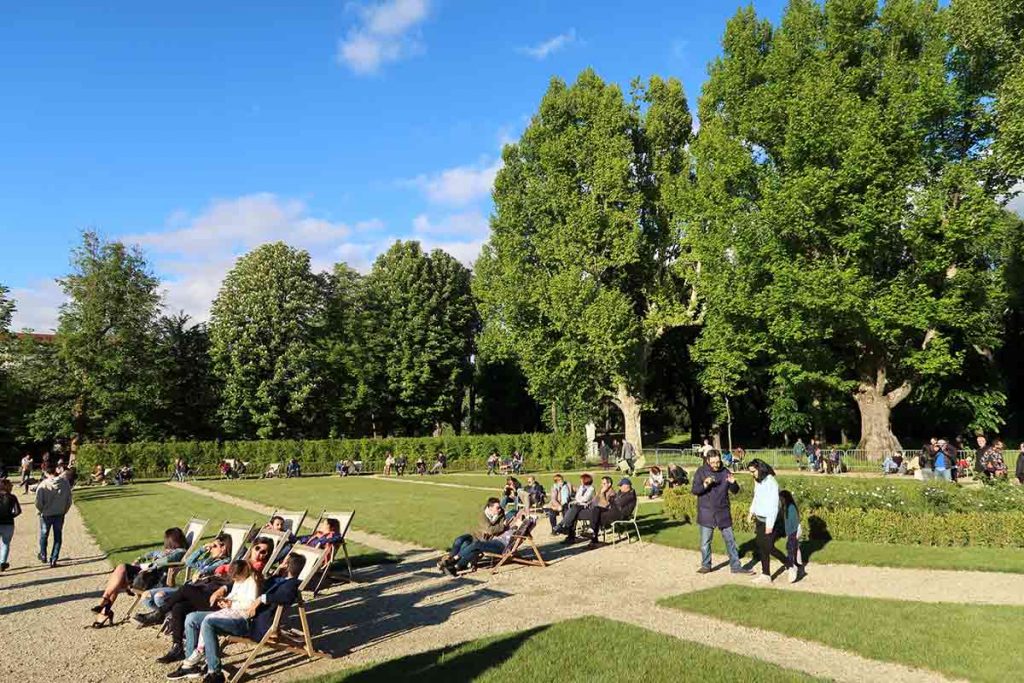
The Piedmontese capital, already the capital of the kingdom of Italy, boasts in fact six Royal Gardens in which to get lost among natural wonders, quiet and light-heartedness. The plant includes the Duke’s Garden, the Garden of Arts, the Grove, the Walls and the Garittone, and finally the lower Gardens. In addition to numerous parks, among which we mention the Valentino park.
Royal Gardens in the heart of the metropolis
A garden is the green heart of a city. In the garden, among trees, fountains and benches, we meet. There is refreshment, especially in the summer heat. In the garden you walk, you read. Green, the scents of nature, the cheerful voices of children, always bring us back to a bucolic dimension.
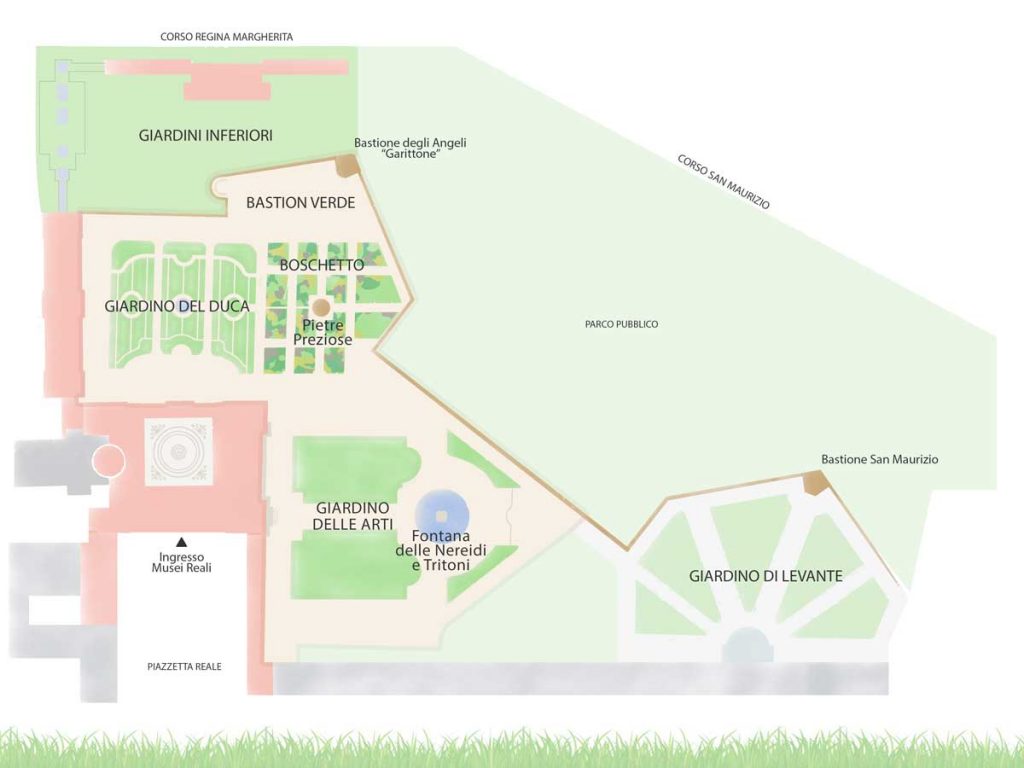
In the heart of Turin we can rediscover a similar dimension along an urban green area that spreads over an area of approximately seven hectares. This is the translation in units of measurement of that important monumental and environmental complex represented by the six Royal Gardens.
Renovation work
The works on this vast area began in the sixteenth century, by the will of Emanuele Filiberto di Savoia. At the end of the seventeenth century and then in the last twenty years of the nineteenth century further interventions enriched the profile of the gardens. A profile, however, that in recent decades has undergone new recovery actions. For ten years, from 2008 to 2018, thanks to the ERDF financing, the Garden of Arts and the Garden of the Duke were renovated. From the beginning these gardens have been open to the public. However, after the burning of the Shroud Chapel, closure was necessary. In 2016 they were partially opened. The complete re-opening of the Royal Gardens is expected for September 2020.
Duke’s Garden
Duke’s Garden represents the oldest area of the plant. Due to its position, it was hit by the fire in 1997. The renovation works, as mentioned, are still ongoing. The reopening of the garden to the public, scheduled for 8 April, due to the closure for quarantine, was postponed to the end of June with great participation.
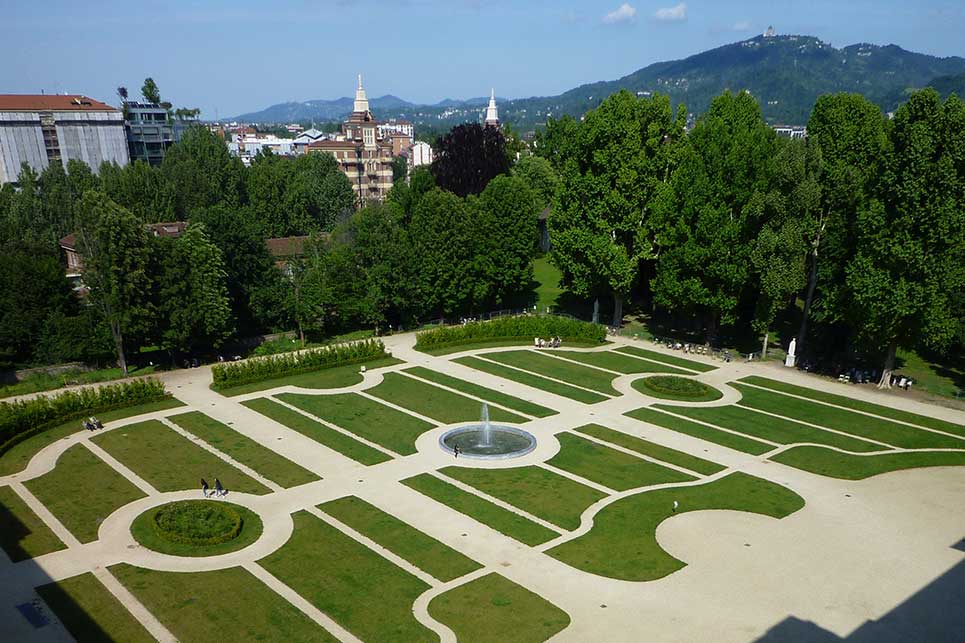
This garden had already undergone a first restoration in 1886. The then sovereign Umberto I asked for its restructuring in view of the marriage between his brother Amedeo Ferdinando and Maria Letizia Bonaparte. The work was entrusted to the Roda brothers, architects and gardeners at the time in vogue. It’s located right between the Savoy Gallery and the rear facade of the Royal Palace. At its center, based on the original plans, there is a fountain with spurts with a granite slab border. Recent works have replaced the flooring, introduced the benches with backs and revisited the contents of the vases that line the flower beds. In addition, scenic lights have been inserted that make the night gaze on the two facades of the buildings suggestive.
The Garden of Arts
The idea of the axial setting of avenues and perspectives of the Garden of Arts is due to André La Nôtre. He had already designed the gardens of the Palace of Versailles. Also in this case, a walk in the area coincides with a jump in the history of art.
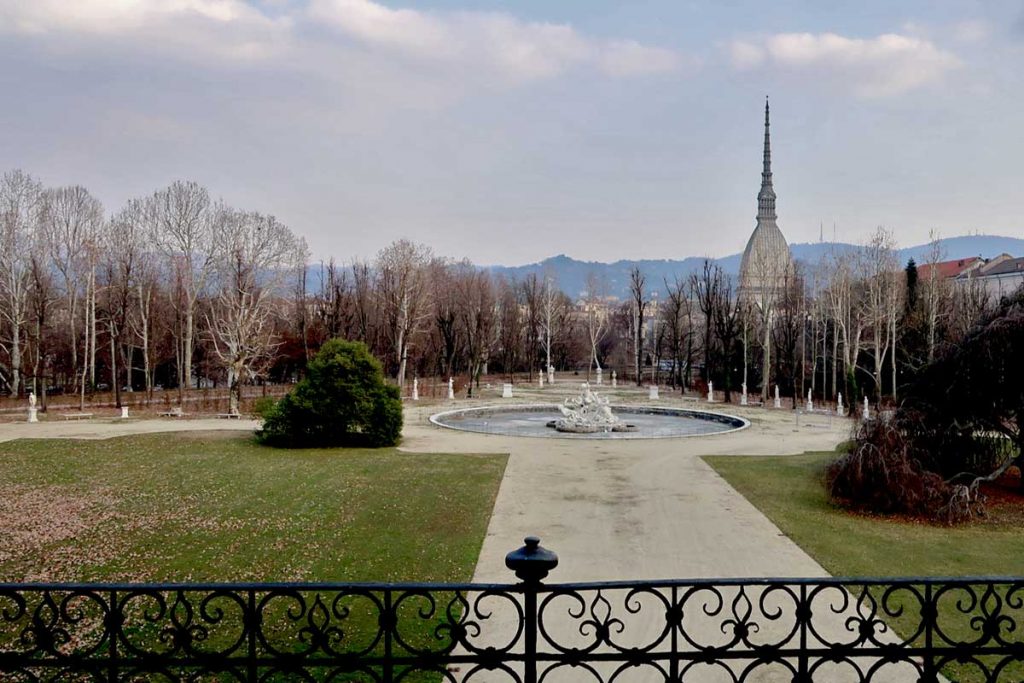
In the second half of the seventeenth century, Carlo Emanuele II ordered an expansion of Turin. New bastions were therefore built which created a green space where the garden was set up. In this case, the latest restoration work has brought access to the park near the staircase of the Levante Apartment of the royal residence. The suggestive Fountain of the Nereids and Tritons can also be reached via a perspective escape produced by the slight slope of the main avenue. It was the king, at the time of the construction which took place in 1775 by the sculptor Simone Martinez, who demanded the jets with which the mythological figures play joyfully. This fountain, except for slips, will be open in September.
The Grove
The Grove garden was reopened to the public in late June together with the Ducal Garden. Its original profile has changed. The interventions directed by Paolo Pejrone have inserted a new undergrowth right near the big trees. The new layout consists of shade plants, shrubs and herbaceous plants. This fresh and reserved environment offers an experience of peace and rest. The regular shapes of the large flower beds, on the other hand, are defined by the orthogonal avenues, the width of which allows pleasant walks. The interior of the garden also acts as a treasure chest for the permanent installation by Giulio Paolini entitled Precious Stones.
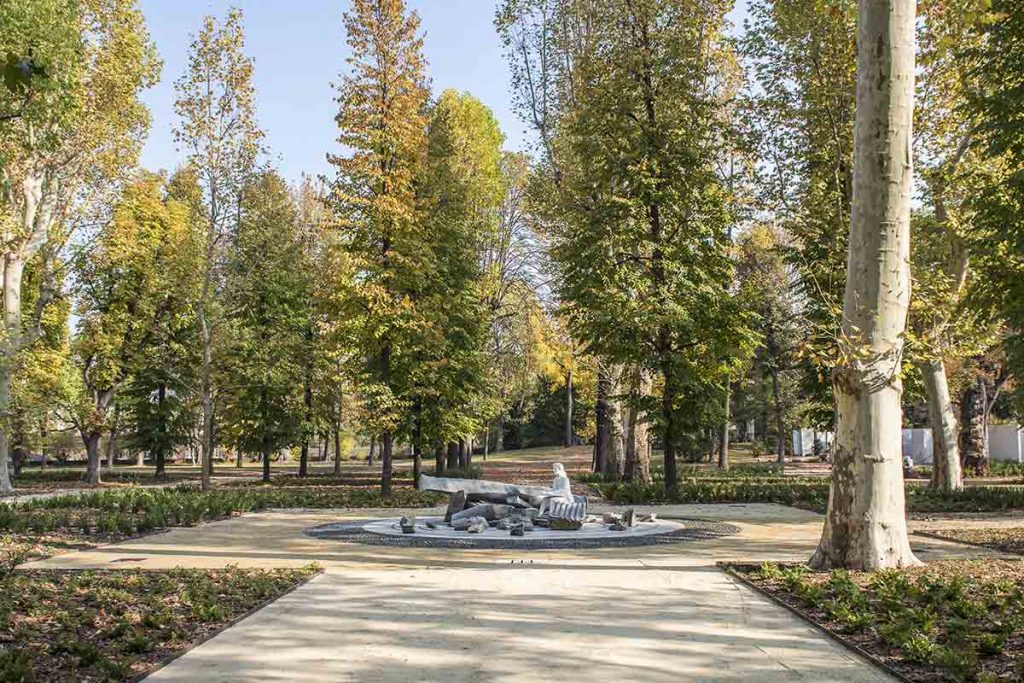
This work was made with the marble recovered following the fire of the Holy Shroud Chapel. These come from the same quarry that supplied the marble for the edges of the fountain of the Ducal Garden.
Walls, Garittone and Lower Gardens
The ancient walls that surrounded the historic capital of the kingdom delimit the vast area dedicated to the Royal Gardens. Just near these walls you can visit the garden adjacent to the Garittone, otherwise called Bastion Verde.

This structure dates back to the last decades of the seventeenth century. The original idea was to allocate the bastion for defensive purposes or in any case for purely military purposes. So much so that the building designed by Ascanio Vittozzi, court architect, was built right at the Bastione di San Maurizio. In reality, the bastion was later used above all by the women of the royal family who admired the flat Turin countryside from there. The ramparts of the city walls separate the Ducal Garden, the Garden of Art, the Boschetto and the Garittone from the lower part. This part of the Royal Gardens is indicated precisely Lower Gardens. A discreet portion of the park housed the Royal Zoological Garden, built in 1864 by the sovereign Vittorio Emanuele II. Nowadays the structure inside the garden is dedicated to the Archaeological Museum, while it was once used as a royal greenhouse or as an orangery.
Valentino park
Valentino Park is not part of the Royal Gardens. However, it is equally important and full of history. It is a public park built on the banks of the Po. Its name probably derives from the presence of an ancient chapel dedicated to the homonymous saint. The garden houses the medieval village, the Fontana del Ceppi (or Twelve months, built in 1898) and many other elements of architectural and artistic stature such as the bust of Cesare Battisti and the Monument of the Artilleryman (known as the Small Triumphal Arch) . The area hosts various cultural activities. Ultimately, if you spend the summer in Turin and you need to walk in the park, the walk will certainly turn into an unforgettable experience.
(Images:Musei reali – Beni culturali website)

